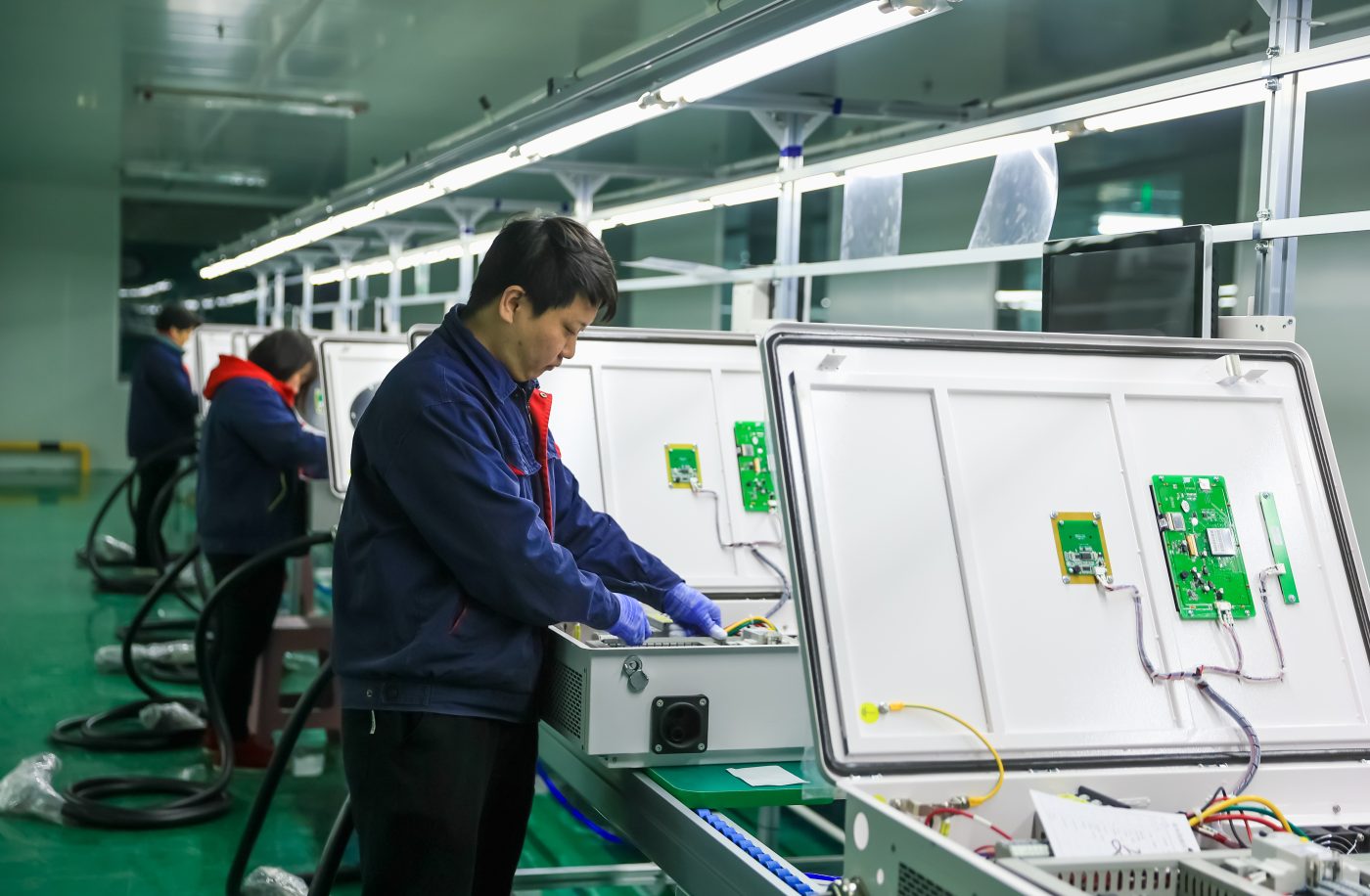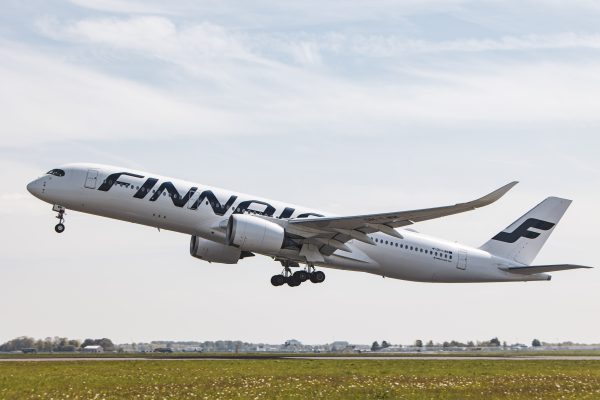It was a startling revelation: China’s BYD sold a record 526,000 battery-only vehicles in the final three months of 2023, marking the first quarter that its sales have outpaced Elon Musk’s Tesla.
Western policymakers are worried. But the best response is not to roll out big subsidies or to impose protectionist tariff walls. It is to focus on supporting key innovations – and perhaps to rethink our reliance on automobiles, including electric ones.
China’s electric vehicle lead is bound to grow. BYD and other Chinese companies are offering prices unheard of in the West. BYD – short for Build Your Dreams — sells its Seagul EV for about $11,000 – compared to the $50,000 that an EV typically costs in the US.
Chinese companies own 45% of the world’s mining rights and 70% of the refining capacity for the key electric battery ingredient lithium. They enjoy a 90% market share for battery chemistry formulations such as lithium iron phosphate. It will be challenging to overhaul this decade-long lead, fueled by astronomical subsidies.
Although Western governments may raise tariffs to block Chinese imports rather than see another industry destroyed, that strategy may boomerang. The West cannot afford to decouple its electric vehicle hopes from China. US automakers rely on Chinese know-how and intellectual property for their electric vehicle supply chains. Ford is building a multi-billion dollar battery plant in Michigan with a Chinese partner CATL.
Instead of confronting China head-on, the key is to keep innovating. Hydrogen cars represent one opportunity. Hydrogen powers electric motors with a hydrogen fuel cell as the energy source instead of a lithium battery. Hydrogen suffers from the disadvantage that it requires electricity to be generated twice, once at a hydrogen production plant and again at the car, resulting in efficiency loss. But hydrogen offers a huge advantage: fueling time. It takes at least 20 minutes to refuel a battery-powered electric vehicle. It takes only two minutes for a hydrogen-powered electric vehicle, making hydrogen a viable gasoline replacement for long journeys and large vehicles.
Another advantage is geopolitical. China owns fewer mining rights and less intellectual property in hydrogen than lithium battery cars. Japan has shown that hydrogen-powered vehicles can be viable. Toyota and Honda are hydrogen leaders and planning large rollouts. Honda’s current CR-V model was developed in partnership with General Motors.
To reduce dependency on China, Western government investment should concentrate on removing barriers to hydrogen vehicle adoption. In Japan, the hydrogen market has stalled because of hefty prices for hydrogen vehicles and a lack of charging stations. We need to cut costs for hydrogen fuel cells and develop new materials for hydrogen fuel tanks.
Another technology that the West should support is gallium-nitride semiconductor motor drives. Gallium nitride increases the power capability and simplifies inverter design. This is particularly important for large vehicles such as forklifts, manual handlers, or warehouse movers that require high-current inverters to drive electric motors. Let me put in a shout-out for supporting another innovation from a hometown favorite of mine: QPT from Cambridge in the UK. It has patented new energy-saving technology for electric motors.
We also need to rethink our dependence on all motor vehicles, gas and battery-powered. Subsidies for charging infrastructure risk undesirable consequences. Norway, where electric vehicles account for 87% of new cars sold, is having second thoughts. Government support for electric vehicles has come at the expense of green travel by public transport or bicycles. Norwegian cities are now working hard to break their reliance on automobiles, expanding pedestrian and bike zones and rebuilding abandoned tram lines.
Without a shift in strategy, China will win the electric vehicle race. Market leader BYD hit the ground running in 2024 by announcing a sodium-ion battery plant. Sodium-ion batteries enjoy advantages over lithium-ion used in current electric vehicles: the widespread availability of sodium compared to lithium means that they could be one-third cheaper than lithium batteries. Sodium’s disadvantage is weight, 3.3 times greater than lithium, meaning heavier batteries and reduced range. But this could be quite acceptable for lightweight urban-only electric vehicles where cost is more important than range.
The West must keep innovating and developing hydrogen and other new electric vehicle technologies. It must catch up on sodium technology. Otherwise, China will win this crucial race to electrify transport.
Christopher Cytera CEng MIET is a Non-resident senior fellow with the Digital Innovation Initiative at the Center for European Policy Analysis and a technology business executive with over 30 years of experience in semiconductors, electronics, communications, video, and imaging.
Bandwidth is CEPA’s online journal dedicated to advancing transatlantic cooperation on tech policy. All opinions are those of the author and do not necessarily represent the position or views of the institutions they represent or the Center for European Policy Analysis.





